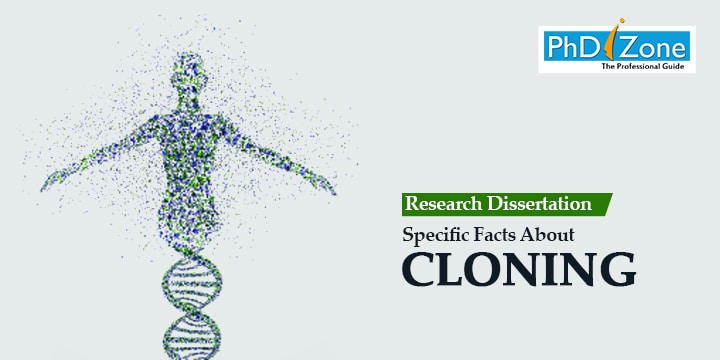Research About Cloning: Cloning is the process of taking genetic information from one living thing and creating identical copies of it. The copied material is called a clone. Geneticists have cloned cells, tissues, genes and entire animals.
Although this process may seem futuristic, nature has been doing it for millions of years. For example, identical twins have identical DNA, and asexual reproduction in plants and organisms could produce genetically identical offspring. And scientists make genetic doubles in the lab, though the process is a little different.

Dolly the Sheep in a field at The Roslin Institute.
(Image: © Photo courtesy of The Roslin Institute, The University of Edinburgh)
Table of Contents
How Research About Cloning Works
In the first place, there are three different types of cloning, according to the National Human Genome Research Institute:
- Gene cloning, also called DNA cloning, creates copies of genes, or segments of DNA.
- Reproductive cloning makes duplicates of whole animals.
- Therapeutic cloning creates embryonic stem cells, which are again used to create tissues that can repair or replace damaged tissues.
Gene Cloning
In gene cloning, a genetic engineer extracts DNA from an organism, uses enzymes to break the bonds between nucleotides. Then, Research Dissertation writing snips the strand into gene-size pieces, according to the University of Nebraska.
Of course, Gene modification is where genetic engineer cuts the gene apart replacing regions of it with new material. Transformation is the step in which the new genetic material is transferred to a new organism. This changed it genetically. The organism, such as a plant, is grown, and the seeds they produce have inherited the new genetic properties.
Reproductive Cloning
In reproductive cloning, a genetic engineer removes a mature somatic from an organism. Then, he transfers the DNA into an egg cell that has its own DNA removed, according to the NHGRI. Then, the egg is jump-started chemically to start the reproductive process. Finally, the egg is implanted into the uterus of a female of the same species as the egg.
In addition, the mother gives birth to an animal that has the same genetic makeup as the animals that donated the somatic cell. This was the process that produced Dolly the sheep.
Initial History
In research report writing, the light of first study of cloning, it took place in 1885. It was performed by German scientist Hans Adolf Eduard Driesch began researching reproduction. In 1902, he was able to create a set of twin salamanders by dividing an embryo. That embryo was able to be divided into two separate, viable embryos, according to the Genetic Science Learning Centre. Since then, there have been many breakthroughs in cloning.
Current and Future Applications
Furthermore, PhD Research paper help About Cloning several companies are currently providing services that use cloning technology. For example, South Korea-based Sooam Biotech clones pets for around $100,000. And a Texas-based company, Viagen Pets, clones cats for $25,000 and dogs for $50,000. At the same time, know more about Coir Pith in Research Analysis.
Human Cloning
Moreover, cloning a human is currently illegal in most parts of the world. But cloning stem cells from humans is a very promising field of research. Stem cells can reprogram to become any type of cell. This could not only repair but also able to replace damage tissue or cells in the body. Stem cell research has the potential to help people who have spinal injuries and other conditions.
Another area of PhD Research Topics, the cloning of hair follicles, began more than a decade ago. It’s just one potential application of human-cell cloning: treating hair loss. In Research Dissertation “We have learned recently research proposal that human hair cells lose their potential to multiply when expanded in cell cultures in a petri dish,” said Ken L. Williams Jr., a surgeon and founder of Orange County Hair Restoration and author of “Hair Transplant 360: Follicular Unit Extraction” (Jp Medical Ltd., 2015). Visit us PhDiZone
References
[1] https://www.livescience.com/58079-cloning-facts.html
Written By,
P.I. Kalyaahna Sundaram,
B.E. (Mech), M.E. (CAD/CAM),








